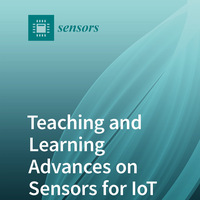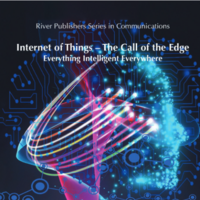Search
Books+
Searching 1,730 books
Search related to the career Radiologic Technologist
Advancements in Medical Imaging Technology
1. Artificial Intelligence (AI) Integration: AI has revolutionized medical imaging by enhancing image analysis, interpretation, and diagnosis. Machine learning algorithms can now detect abnormalities, assist in image reconstruction, and improve image quality.
2. 3D and 4D Imaging: Traditional 2D imaging has been augmented with the introduction of 3D and 4D imaging techniques. These advancements provide more detailed and comprehensive views of anatomical structures, aiding in accurate diagnosis and treatment planning.
3. Multimodal Imaging: Combining multiple imaging modalities, such as magnetic resonance imaging (MRI), computed tomography (CT), and positron emission tomography (PET), allows for a more comprehensive assessment of the patient's condition. This integration provides a more accurate diagnosis and better treatment outcomes.
4. Molecular Imaging: Molecular imaging techniques enable the visualization and characterization of cellular and molecular processes within the body. This technology helps in early disease detection, monitoring treatment response, and personalized medicine.
5. Functional Imaging: Functional imaging techniques, like functional MRI (fMRI) and diffusion tensor imaging (DTI), provide insights into brain activity, connectivity, and neural pathways. These advancements have significantly contributed to the understanding and treatment of neurological disorders.
6. Hybrid Imaging: Hybrid imaging combines two or more imaging modalities into a single device, providing complementary information. Examples include PET/CT, SPECT/CT, and PET/MRI scanners. These integrated systems enhance diagnostic accuracy and reduce examination time.
7. Interventional Imaging: Interventional radiology techniques, such as image-guided biopsies, minimally invasive surgeries, and catheter-based treatments, have advanced significantly. Real-time imaging during procedures improves precision, reduces invasiveness, and enhances patient outcomes.
8. Point-of-Care Imaging: Portable and handheld imaging devices have emerged, enabling medical imaging at the patient's bedside. These devices are particularly useful in emergency situations, remote areas, and for monitoring patients in critical care settings.
9. Augmented Reality (AR) and Virtual Reality (VR): AR and VR technologies have been integrated into medical imaging, allowing physicians to visualize and interact with patient data in a three-dimensional virtual environment. This aids in surgical planning, education, and training.
10. Nanotechnology in Imaging: Nanoparticles and nanomaterials are being used to enhance contrast agents, improve image resolution, and enable targeted drug delivery. These advancements have the potential to revolutionize early disease detection and personalized therapies.
These advancements in medical imaging technology have significantly improved diagnostic accuracy, treatment planning, and patient outcomes.
Source: Various AI tools
Technology
Books tagged technology
Artificial intelligence
Books tagged Artificial Intelligence
Healthcare providers
Books tagged healthcare providers
Science fiction
Health
Covid-19
Computer science
Science
Searched in English.


























































